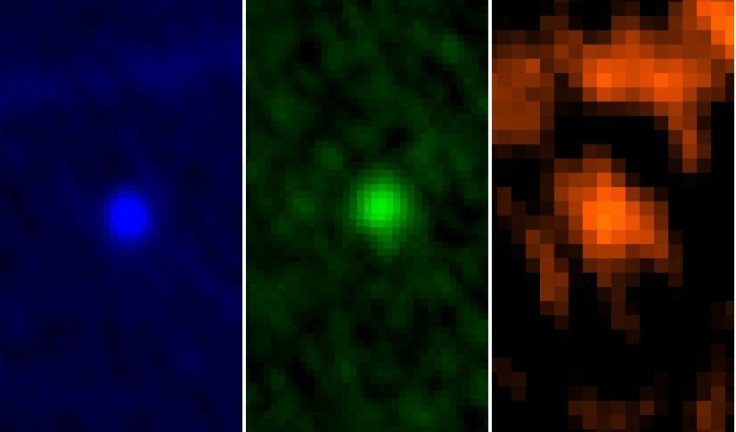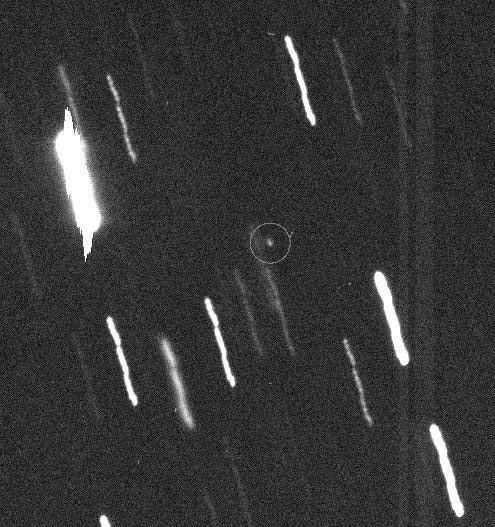Here Are The Odds The Giant Apophis Asteroid Will Hit Earth

An enormous asteroid has only a one in 100,000 chance of striking Earth in this century, a NASA scientist has said.
Some scientists have been studying Apophis, a 1,000-foot asteroid discovered in 2004, because of how close the space rock will be getting to our planet. It is scheduled to pass by in 2029, when it might get closer than 20,000 miles to Earth — closer than some satellites. It will appear again in 2036 but will be several million miles away.
Although scientists have ruled out collisions in the next two flybys, the future beyond that was unclear.
“We cannot yet exclude the possibility that it could impact our planet,” Paul Chodas from the Jet Propulsion Laboratory’s Center for Near Earth Object Studies told Astrowatch.net, but he noted that the odds he calculated for the asteroid hitting our planet over the next 100 years — one in 100,000 — are “extremely small.”

It doesn’t exactly inspire confidence when NASA explains how the asteroid got its name: “Also known as Apep, the Destroyer, Apophis is the Egyptian god of evil and destruction who dwelled in eternal darkness.” But Astrowatch.net reported the newly calculated impact odds were even lower than expected.
To be further secure in Earth’s safety, astronomers will continue monitoring Apophis, as they do with other near-Earth objects like asteroids.
“Apophis is certainly a hazardous asteroid, and for that reason it has been tracked extensively, and so we know its orbit very accurately,” Chodas told Astrowatch.net. “In all likelihood further tracking measurements will eliminate even that possibility (one in 100,000).”
If an asteroid were to pose a threat to Earth, there are protocols in place for responding to it and preventing a catastrophe, including communicating with one another and with governments.
Prevention measures include launching spacecraft that would throw the asteroid into a new orbit and off its collision course, either through gravitational pull, a planned crash into the asteroid or, in an Armageddon-type method, planting and donating a device on the rock.
The third option is a last resort, to be used if there isn’t enough time for anything else.
NASA’s Planetary Defense Coordination Office and other groups will test their incoming asteroid response in October when the asteroid 2012 TC4 comes close to Earth. It’s a small rock, between 30 and 100 feet across, that is projected to pass by the planet without incident, and the experts are using its pass as a drill of sorts. It will come between 4,200 and 170,000 miles of Earth, both distances that are closer than the moon. The range is so large because scientists don’t know very much about the asteroid; they will also use its flyby to gather more information about it.

“Scientists have always appreciated knowing when an asteroid will make a close approach to and safely pass the Earth because they can make preparations to collect data to characterize and learn as much as possible about it,” program scientist Michael Kelley said in a statement from NASA last month. “This time we are adding in another layer of effort, using this asteroid flyby to test the worldwide asteroid detection and tracking network, assessing our capability to work together in response to finding a potential real asteroid threat.”
Laboratories and observatories across the world are working on the tracking effort and drill.
© Copyright IBTimes 2024. All rights reserved.





















